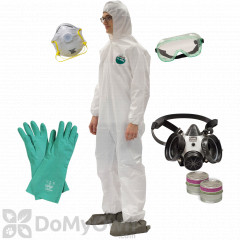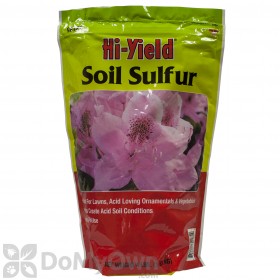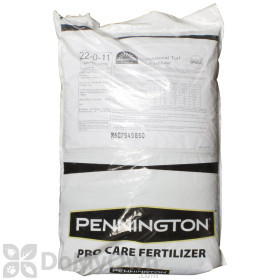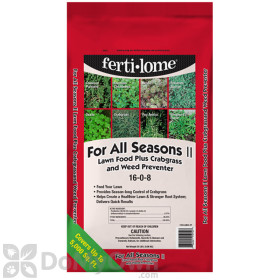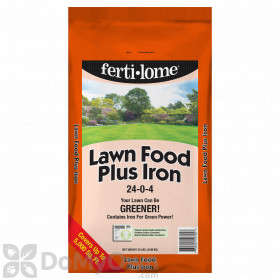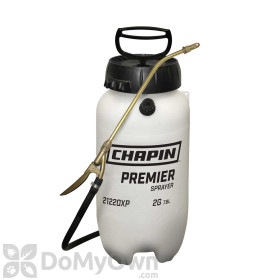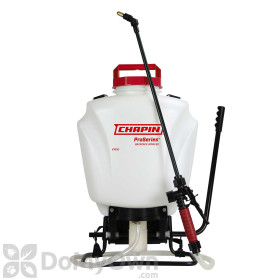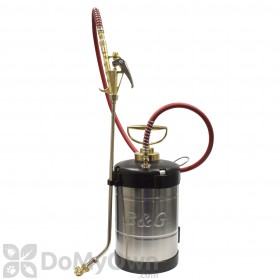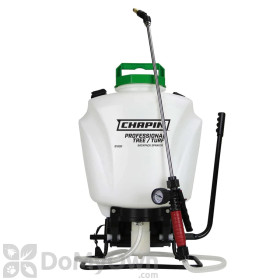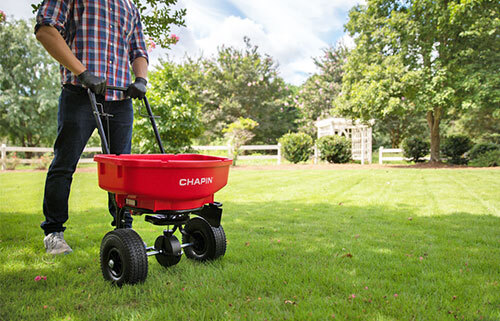
Timing your lawn fertilizer treatments correctly can make a huge difference in the health and beauty of your lawn and landscaped areas.
Different application schedules are recommended for different types of turf, but in most cases a springtime application is a key first step for the year. Check out our tips for applying lawn fertilizers in the spring and learn how to give your home or business turf a boost to look its best this year.
What are the benefits of applying a lawn fertilizer in the spring?
Springtime fertilization can encourage root growth to help grass stay strong and healthy through other more stressful seasons. The right fertilizer can also boost strong top growth and improved color for your turf, meaning that it can look its best for longer.
How do I know which is the best fertilizer to use in spring?
Performing a soil test on your property will give you this information. If you did not test your soil in the fall, do it now so that you can use the results to determine which types of fertilizer your turf needs to look its best.
The best spring fertilizer for your lawn will vary with your turf type and local climate. Read on below for spring fertilizer tips and more details about how to treat your specific type of turf in the spring.
Most fertilizers are labeled with information about the percentage of three macronutrients that are present in that mix. These elements--Nitrogen, Phosphorus, and Potassium--are essential for healthy plant growth. The results of your soil test will help you understand which of these elements your soil may be missing or has in excess, and you can then find the lawn fertilizer that provides what your turf needs to thrive. Our Fertilizer Selector Tool can help you find the right fertilizer to meet your lawn's needs.
Your lawn may also be missing nutrients aside from the three mentioned above. If your soil test indicates a need for iron, for example, there are soil amendments that can be added to fill these specific needs in your soil.
A soil test could also reveal a pH level imbalance in your soil. If your soil's pH is out of balance, it may not be able to absorb all the nutrients you are providing through fertilizer applications. Correcting your soil's pH balance with amendments like sulfur or lime will help you get the most out of your spring fertilizer applications.
Pro Tip
While you are taking the time to have a soil test conducted, have the local extension office identify your grass type if you do not already know it. That way, you will always know which fertilizers, herbicides, and fungicides will and will not be compatible with your grass.
When should I fertilize my lawn in the spring?
When to apply fertilizer to your lawn will vary depending on your location, your turf type, and your local climate. Confirm which type of grass you have on your property and that you fully understand the results of your soil test before you make a fertilization schedule.
Here are some scheduling tips for the two main categories of turf to help you with your planning:
Warm Season Turf
Common Warm Season Grass Types: Bahiagrass, Bermudagrass, Buffalograss, Centipedegrass, St. Augustinegrass, Zoysiagrass
Base your fertilizer timing on the greening-up of these turfs. Make your first fertilizer application when the turf is at least 50% green. High-nitrogen synthetic fertilizers should be applied later than that--when your grass is at least 75% green. This delay in the use of higher doses of nitrogen can help you avoid possible turf damage from frost.
How Often? Warm season grasses should be fertilized 2-6 times per year. Start this schedule just before the start of spring and aim to fertilize your lawn every 6-8 weeks into early fall. This will be the frequency for most warm season grasses, but the exact timing and frequency will vary with your turf type and local climate.
Check out our lawn care calendars for more details on when to fertilize throughout the year.
Pro Tip
To stimulate strong root growth, apply a 0-0-7 mix of fertilizer (which adds more Potassium than other nutrients) that includes a pre-emergent herbicide for your first application in early spring, while grass is still dormant and before any weeds appear.
Cool Season Turf
Common Cool Season Grass Types: Kentucky Bluegrass, Annual or Perennial Ryegrass, Fine Fescue, Tall Fescue, Creeping Bentgrass
Cool season turf fertilization schedules should also be based on the seasonal growth of the grass you have. When the lawn looks a healthy green color and shows active growth in the spring, you can begin your fertilization plan. Be sure to wait until temperatures rise enough that there is no threat of a heavy frost returning.
Established cool season lawns will most likely only require nitrogen after coming out of winter dormancy. To help these grasses grow strong in warmer weather, find a fertilizer offering nitrogen that is labeled for your turf type and try that as a first application this spring.
How Often? Fertilize your cool-season grass with a synthetic fertilizer 1-2 times beginning at the start of spring (March - May), then 1-2 times again starting at the beginning of fall (September - November).
Cool-season turfs should not be treated with synthetic fertilizers during the sweltering summer months, but an iron amendment or a low-nitrogen organic fertilizer can help keep your lawn looking vibrant in the warmer weather. These treatments would usually be applied every 4-6 weeks.
Check out our lawn care calendars for more details on when to fertilize throughout the year.
How do I apply fertilizer in the spring?
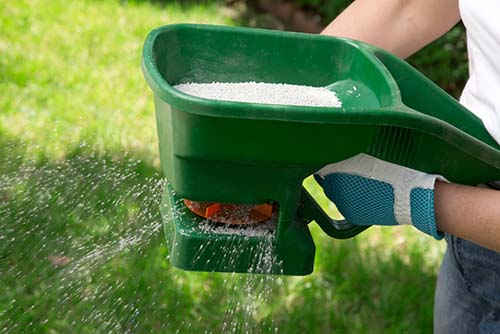
How you apply fertilizer to your lawn will depend on which type of product you select to match your lawn type. Liquid fertilizers are applied with a handheld pump sprayer or a backpack sprayer. Granular fertilizers are applied with a spreader. Both types of products can help your lawn look its best but take care to use the amount recommended on the label to avoid under- or over-fertilizing your lawn.
Find lessons on how to mix and apply liquid or granule fertilizers in our How To guide that covers several types of fertilizer best for use in the spring. Whichever product you choose, be sure to read the label of the bottle or bag to ensure the fertilizer is compatible with your grass type and to confirm the proper amount to be used for each treatment. Using more fertilizer than is recommended by the product label will not bring faster lawn growth and can result in damage to your turf.
We hope you have found this guide to spring lawn fertilizers helpful. Click here to find the right fertilizer for your spring lawn project.
If you have any additional questions about selection or applying fertilizer, give our customer service team a call at 866-581-7378 or email us at [email protected].


